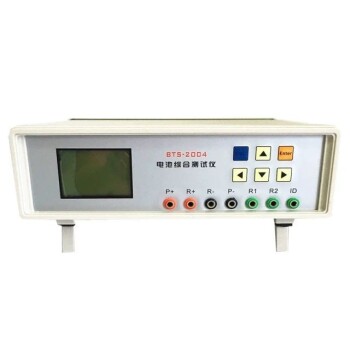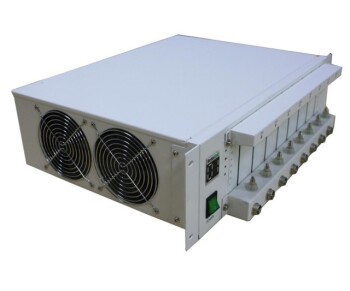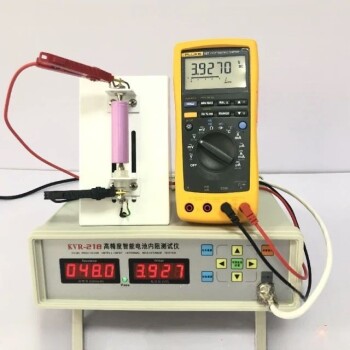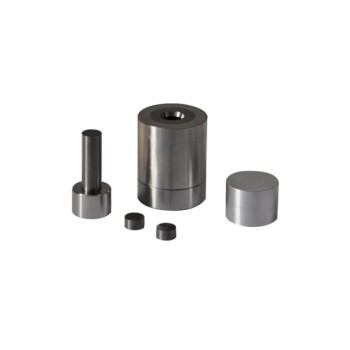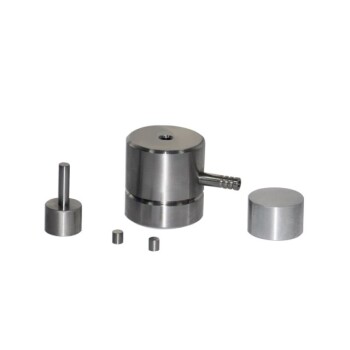Determining the appropriate depth for soil testing is essential for accurate results.
The depth you choose depends on both the purpose of the test and the type of soil being analyzed.
Soil testing can range from quick preliminary checks to detailed laboratory analyses.
Each type of test requires different sampling depths and methods.
Here, we will explore the key considerations and steps involved in determining the appropriate depth for soil testing.
This ensures you get accurate and meaningful results.
4 Key Factors to Consider for Soil Testing Depth

1. Purpose of Soil Testing
Preliminary Checks: Quick tests can be performed on-site to identify potential issues such as contamination or nutrient deficiencies.
These tests often require minimal sample preparation and can be done at various depths depending on the suspected issue.
Detailed Analysis: For comprehensive soil health assessments, deeper and more representative samples are necessary.
These samples are typically sent to a laboratory for in-depth analysis.
2. Type of Soil and Land Use
Cultivated Crops and Gardens: For these areas, samples should be taken at two depths: 0-1 inch and 1-6 inches.
This helps in understanding the surface layer's condition and the subsurface layers where root development occurs.
Lawns and Pastures: A single sample from the upper 6 inches is usually sufficient.
This depth captures the active root zone and the soil properties that affect plant growth.
3. Sampling Methods
Representative Sampling: For detailed analysis, samples should be taken from different areas of the field to capture variability.
The size and number of sampling areas depend on the field's variability, typically ranging from 1 to 4 hectares.
Sample Preparation: Remove all unwanted organic and inorganic materials to avoid distorting results.
If necessary, dry the sample to obtain accurate measurements.
4. Use of Technology
Handheld Spectrometers: These devices allow for efficient and economical in-depth analysis if sample preparation is correct.
They can correct for soil moisture, reducing its influence on results.
Portable X-ray Fluorescence (XRF) Analyzers: These tools enable rapid on-site screening of heavy metals and other contaminants, reducing the need for extensive sample preparation and laboratory analysis.
Continue Exploring, Consult Our Experts
Ready to unlock the secrets of your soil's health?
At KINTEK SOLUTION, we understand the complexities of soil testing and offer cutting-edge equipment that simplifies the process.
Our advanced tools, like handheld spectrometers and portable XRF analyzers, are designed to ensure precise and efficient sampling at various depths.
Don't miss out on the optimal insights your soil can provide.
Contact KINTEK SOLUTION today to get started on a journey towards enhanced soil health and productivity!


